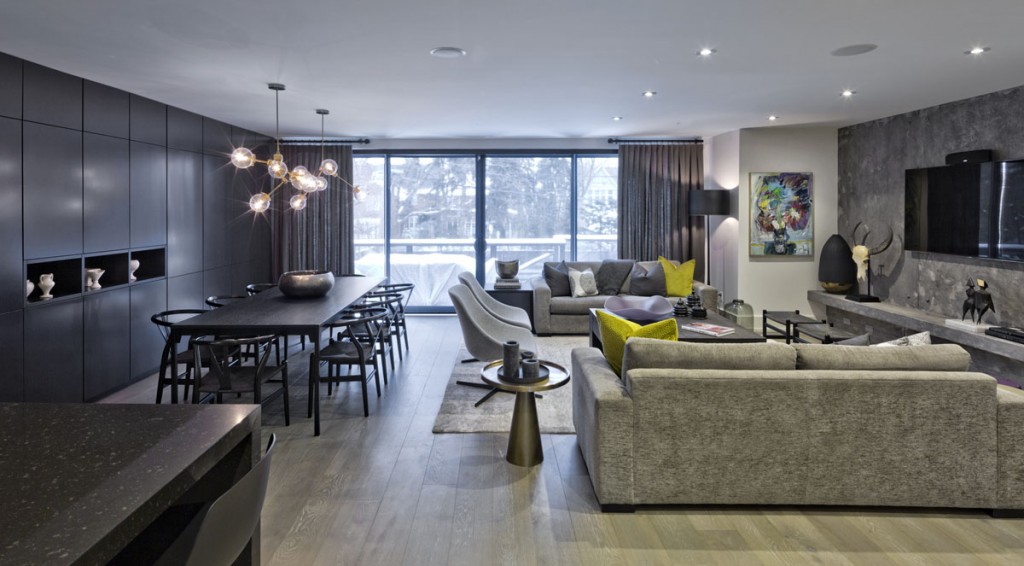
It’s all about a blend of traditional and contemporary touches that allow the style to stand the test of time. Instead of pigeonholing the interior design to one particular style, transitional custom homes liberate you to reach across time to combine elements that best fit with your personality.
These are the essential parts of a transitional custom home:
Materials
Mixing-and-matching is a recurring theme with transitional styles. That goes for the construction materials you select as well. Try to juxtapose natural materials like wood with engineered materials like steel together. What will really enhance the look is using different finishes so that you get a textured variety throughout the interior.
And while you’re at it, why not strive to source eco-friendly materials to add some green-conscious luxury to your home?
Colours
It’s best to start off with a foundation of neutral colours and adding some shades of earthy tones like brown or tan. If you really want more colour than that, make sure they’re in softer shades so that everything blends together easier. This subtle colour scheme backdrop makes way for the architectural details, furniture, and larger items of the house to stand out.
Furniture
The furniture pieces you choose should always balance the structural style of your house. If the house interior is finished with traditional architectural details such as wainscoting and crown mouldings, put in modern furniture. If the interior has a contemporary feel, hunt for antique furniture. Whether you decide to go with modern or antique furniture, pick out those that have straight lines as well as rounded corners and edges.
Fabrics
The subdued colour scheme of the transitional style means that there’s a greater emphasis on giving life to every room through texture variation in fabrics. So rather than blinding everyone with bright colours, you’re letting the look and feel of fabrics do the talking. You can display your character through choice in fabrics for upholstery, throw pillows, blankets, window treatments, and even tapestries.
Decorations
Again, strive for subtlety. Artwork or accessories should be curated with purpose and placed deliberately as accents or counterbalances to the larger items. The modern element of the transitional style will be achieved if you always keep the concepts of minimalism in mind.
Transitional custom homes are rising in popularity because it’s an opportunity for homeowners to create their own unique style instead of copying what’s done in magazines. So live for yourself today!








